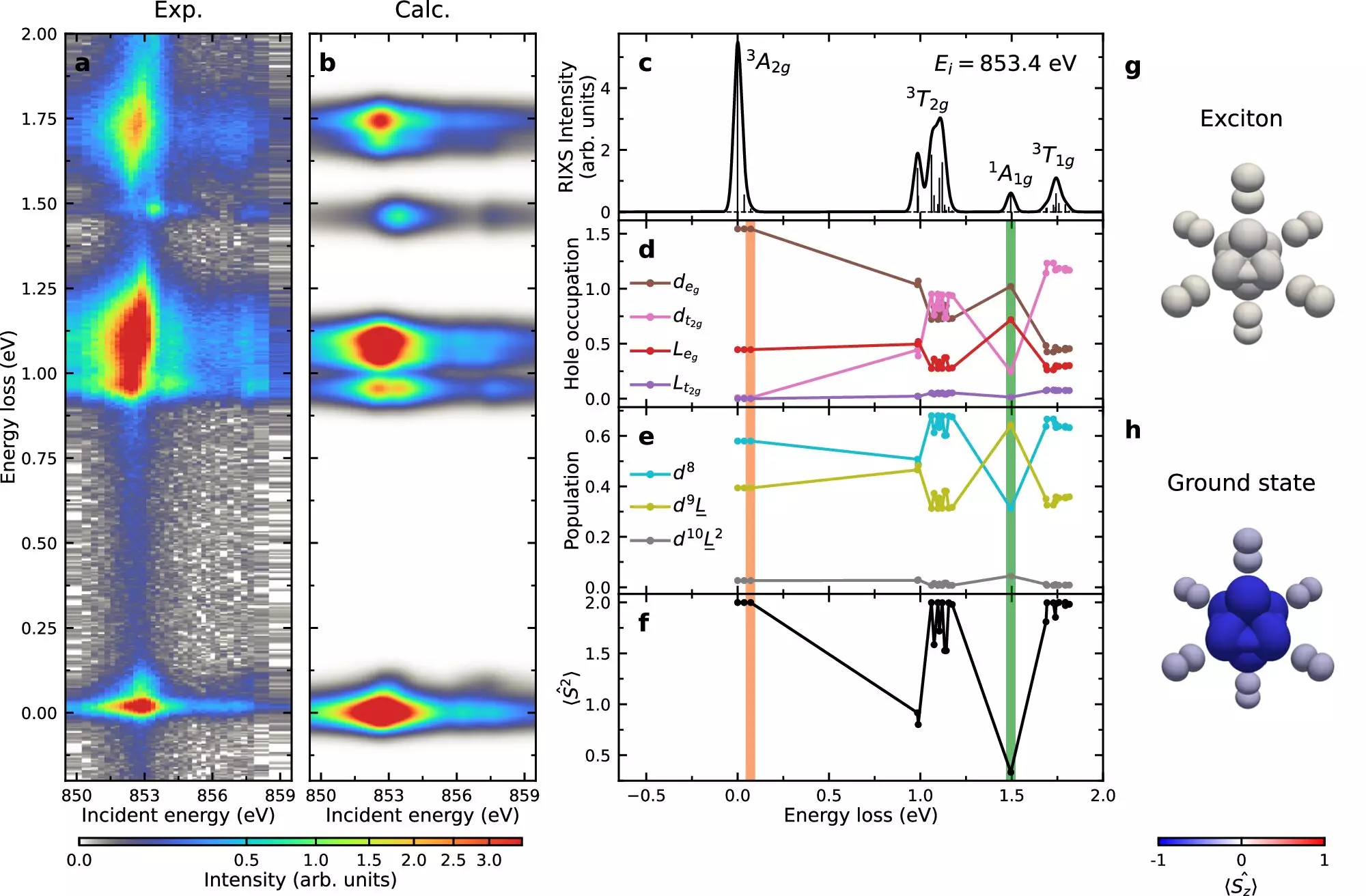Recent advancements in materials science have unveiled a new frontier of knowledge regarding quantum properties, particularly concerning a unique class of particles known as excitons. Formed from the coupling of an electron and a “hole” within a crystalline structure, excitons are drawing the attention of researchers due to their potential applications in next-generation technologies, including advanced magnetic devices and innovative information storage systems. The exploration of these fascinating entities is notably exemplified by a study conducted by a research team at the Brookhaven National Laboratory under the auspices of the U.S. Department of Energy, which has opened doors to understanding the profound interplay of magnetism and light in van der Waals materials.
The Role of Van der Waals Magnets
Van der Waals magnets are a class of materials characterized by their unique structure and magnetic properties arising from weak van der Waals forces. This weak interaction, which allows for the independent orientation of magnetic layers, leads to complex behaviors that challenge traditional understandings of magnetism. One prominent example of such a material is nickel phosphorus trisulfide (NiPS3), the subject of intensive investigation due to its promising electronic and optical properties. The exploration of NiPS3 has revealed a captivating connection between its exciton formation and magnetic characteristics.
The challenges inherent in studying excitons in such materials, particularly in NiPS3, prompted researchers to employ cutting-edge techniques, notably resonant inelastic X-ray scattering (RIXS). This advanced method, available at the National Synchrotron Light Source II (NSLS-II), enables scientists to glean insights into the intricate behaviors of excitons by analyzing the ways in which X-ray photons interact with the electrons in the sample. The ability to visualize the energy dispersal and movement of excitons through this technique has resulted in a more profound understanding of their properties and the nature of the interactions that drive their behavior in these materials.
The Role of Hund’s Exchange Interaction
Central to the findings presented by the Brookhaven researchers is the identification of the Hund’s exchange interaction as a vital mechanism governing exciton behaviors in NiPS3. This interplay among electron spins influences their arrangement and energy configurations, thereby facilitating the formation and movement of excitons. Understanding how excitons propagate through the crystal structure reveals fascinating analogies to other quantum phenomena, such as spin disturbances known as magnons. This similarity underscores the intricate relationships among various quasiparticles within these materials, hinting at the potential for synergistic behaviors that could be harnessed technologically.
The implications of this research extend beyond mere academic curiosity. The ability to manipulate and control excitons via magnetic influences sets the stage for breakthroughs in numerous technological domains, including quantum computing, data storage, and optoelectronics. As we continue to refine experimental techniques like RIXS, we will gain deeper insights into the behaviors of excitons and their relationships with other quantum states. The ongoing and future work by teams such as those at Brookhaven signifies a burgeoning field ripe with opportunity; further exploration could lead to revolutionary advances that alter how we interact with technology.
The research into excitons within van der Waals magnets like NiPS3 represents a critical leap forward in our understanding of quantum materials. As science delves deeper into the behaviors of these particles, the potential applications present exciting possibilities for the future, transcending traditional norms in technology. The insight gained from studies employing RIXS has paved the way for subsequent exploration and innovation, reinforcing the notion that the microscopic world of excitons may hold the key to unprecedented advancements in material science and technology. As these investigations continue to unfold, we stand on the cusp of a new era, poised to harness the unique qualities of excitons and the magnetic properties of van der Waals materials to ultimately reshape technological landscapes.

